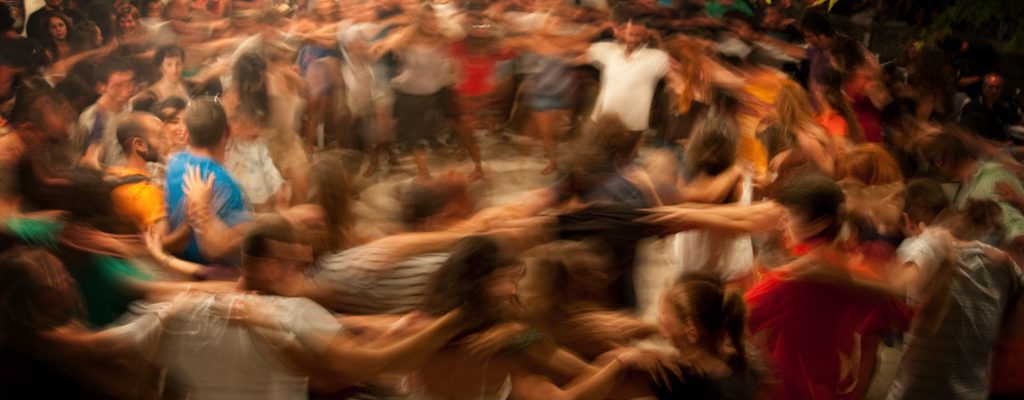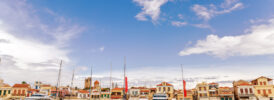One of the great highlights of the Greek Summer for Greeks themselves are the many “Panigiri”. The word means a great festival going on all around us. A Panigyri is in honor of something specific, and something traditional. They can, for instance, be celebrations of regional music and dance, or perhaps they celebrate a harvest of a certain product, or the production – wine, for example.
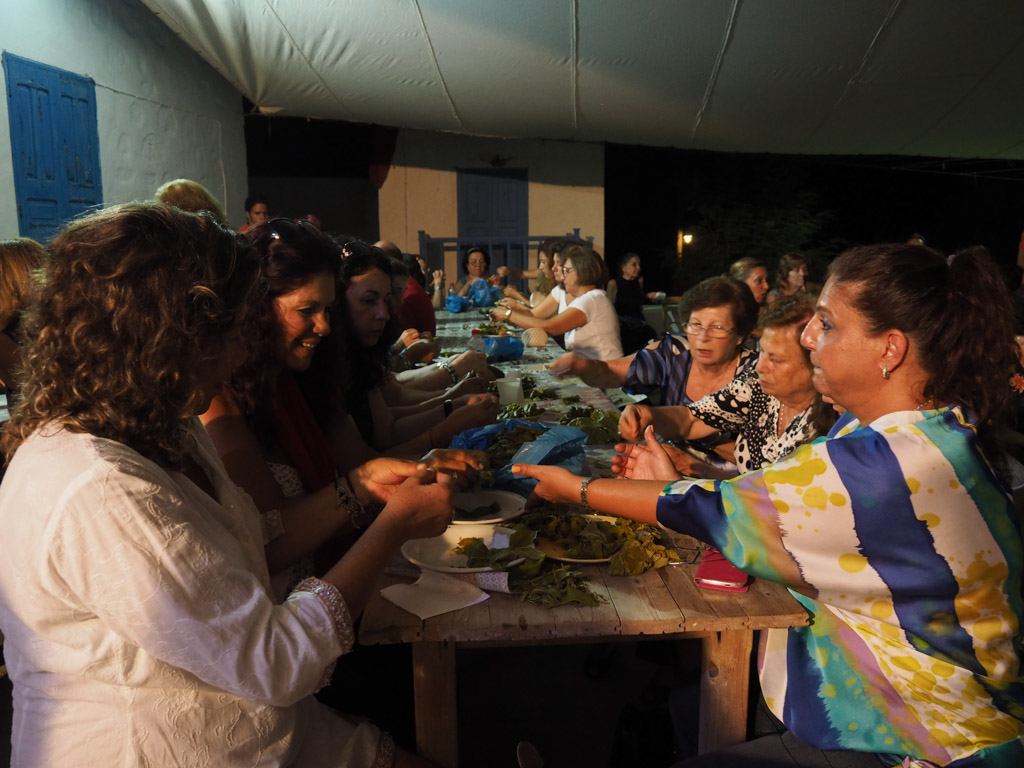
But specifically, a panegyri is most often a religious event, a festival in honor of a saint, very often the patron saint of a town or village. While these happen throughout the year, there are several major saint’s days in the summer months, and of course one of the largest and most important religious celebrations of the year – the Dormition of the Virgin.
The Importance of Bonding – for Greeks and Visitors Alike
For Greeks, these festivals are an extremely important way to preserve culture. People from the cities return to their native villages for a taste of tradition and to reconnect with their cultural roots. It is an extremely important time to come together and strengthen community bonds. But, as Greeks are famously some of the most hospitable people you could meet, they welcome visitors to join them in these traditional festivals- it is a wonderful way to experience local culture, and to truly connect.
Music and Dance
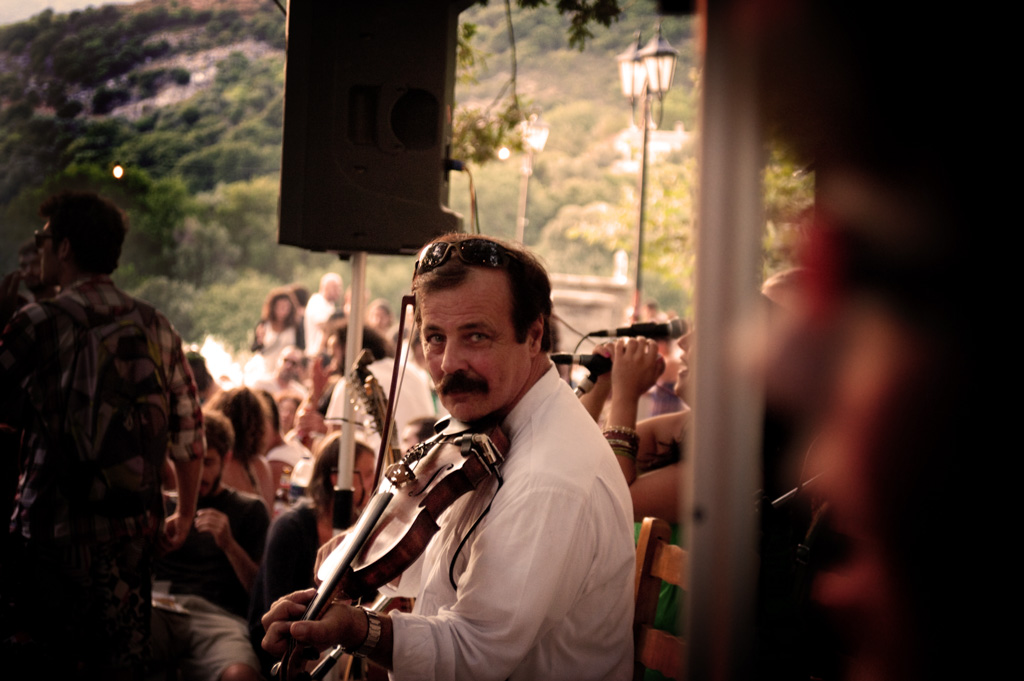
A central aspect of a Panigyri is of course music. The music will always be regional, local, traditional music. This is fascinating in itself- Greece has countless varieties of music that vary greatly according to region. There is the clarinet-forward folk music of Central Macedonia for instance, the bagpipe of Mykonos, or the Lyra-playing of Crete. Dances also vary regionally- there is a rich repertoire of Greek dancing. Many of the dances – most, actually – are intended to be enjoyed as a group – it is very easy to join in. Some of the more complicated dances are often danced by local clubs who practice throughout the year, and very often will be dressed in traditional regional clothing – beautifully embroidered waistcoats and colorful scarves and headwear for the women, breeches and tall boots for men, for example.
A very special thing about panigyria is that they seem to be equally important to all age groups – even teenagers cherish their local culture. You will see this during the dances, with children, adolescents, and octogenarians all dancing in a circle. It is a truly inspiring sight.
Food and Drink
This being Greece, of course food is a very important aspect of a Panigyri. Some Panigyria are centered around a certain food. There is a snail festival in Crete, for example, when simple boiled ones are served for free to the crowd, and more special preparations of snails are sold at a modest price (the money will benefit the church or local cultural organization). There’s always plenty of wine flowing.
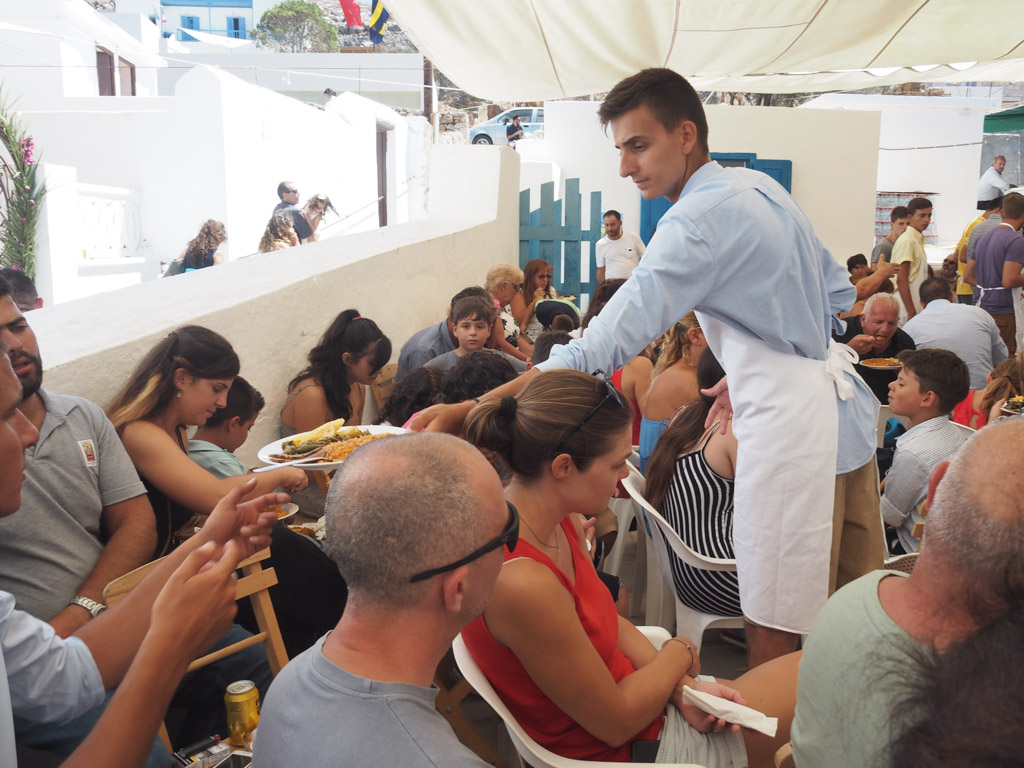
And if it is a religious Panigyri there will also be food. Each place has its own special dishes that are shared with all. Local women’s cultural groups will cook in advance, making stews in enormous cauldrons to feed the crowd.
The biggest Panegyri of the Summer Season – August 15th – The Dormition of the Virgin
This is an enormous holiday all throughout Greece – the summer holidays are centered around it (many small businesses may even close in the week or two before the holiday). However, some places are very famous for the holiday.
Astypalaia
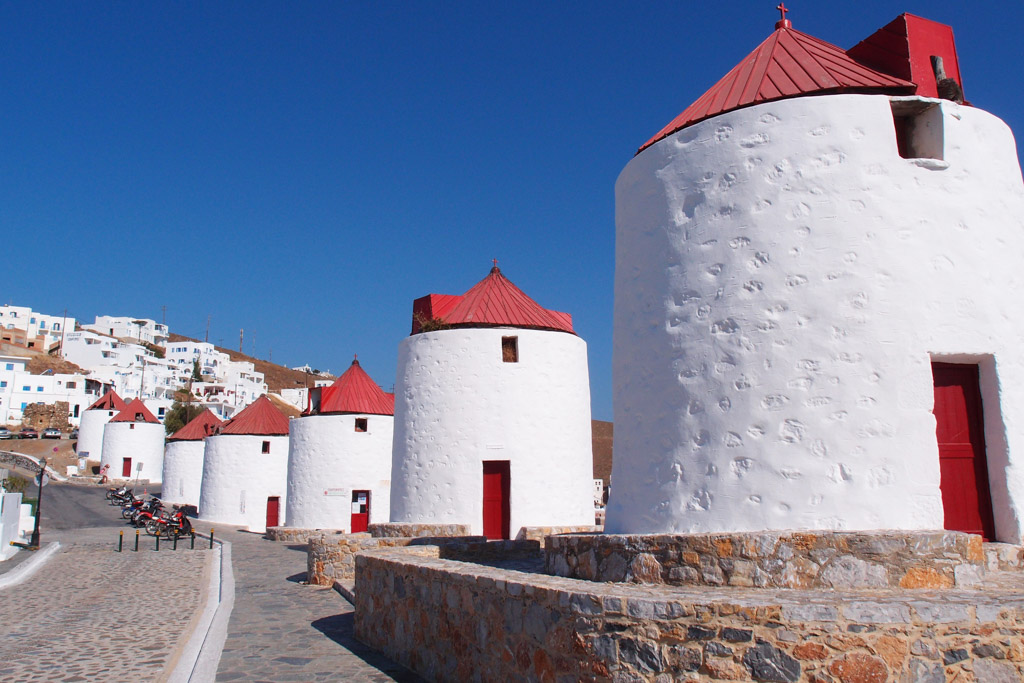 Astypalaia is one of the lesser-known of the Dodecanese islands, making it a wonderful discovery. The Feast Day of the Virgin Mary is actually a three-day event here, culminating on the 15th of August. The festivities are centered around the famous Monastery of Portaitissa, which crowns the Chora of Astypalaia.
Astypalaia is one of the lesser-known of the Dodecanese islands, making it a wonderful discovery. The Feast Day of the Virgin Mary is actually a three-day event here, culminating on the 15th of August. The festivities are centered around the famous Monastery of Portaitissa, which crowns the Chora of Astypalaia.
Sifnos
Sifnos is another slightly under-the-radar island that will appeal to travelers seeing an authentic experience. In the western Cyclades, this gentle and quiet beauty is a wonderful place to discover true Cycladic culture and cuisine.
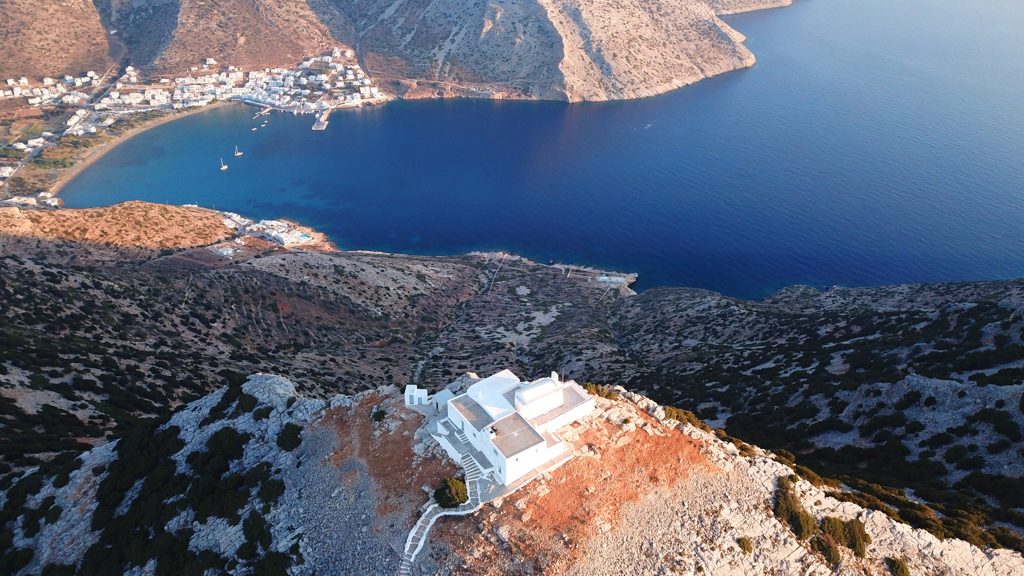 The 15th of August is a perfect time, when the Virgin Mary is celebrated at several churches and monasteries throughout the island. Violin and Lute are the traditional instruments of Sifnos. And for food, there will be chickpeas – an island specialty – cooked over a wood fire, with meat (or, if it is before the Dormition, which is a fasting period, they will be prepared with salt cod for a “nistisima’ version).
The 15th of August is a perfect time, when the Virgin Mary is celebrated at several churches and monasteries throughout the island. Violin and Lute are the traditional instruments of Sifnos. And for food, there will be chickpeas – an island specialty – cooked over a wood fire, with meat (or, if it is before the Dormition, which is a fasting period, they will be prepared with salt cod for a “nistisima’ version).
Paros
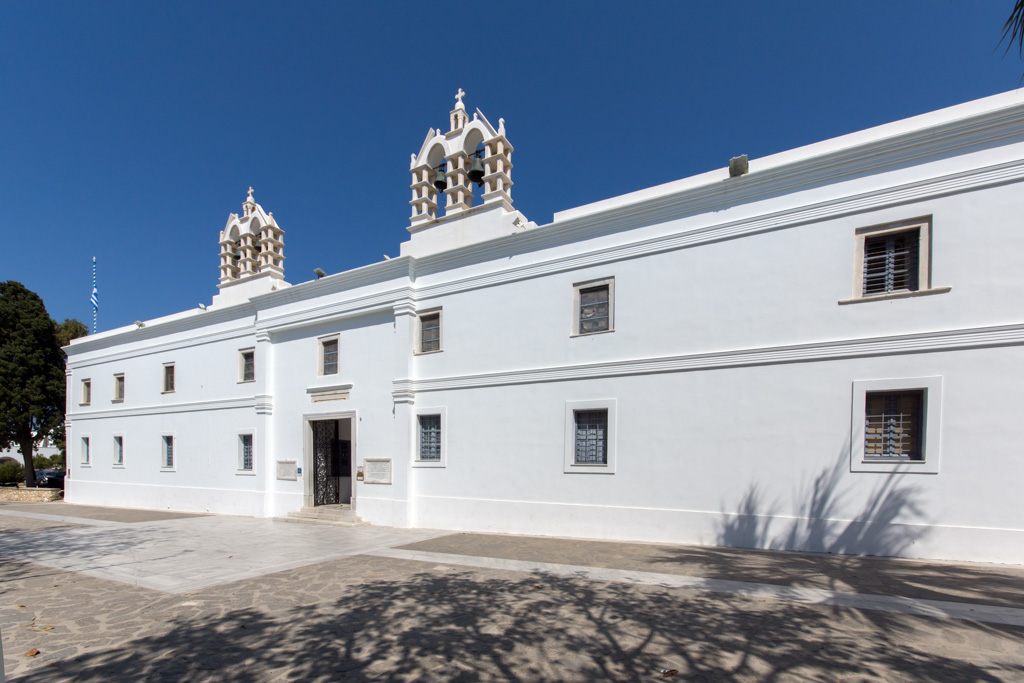
Paros is a fantastic place to celebrate the Ascension of the Virgin. A procession of the icon throughout the beautiful Parikia town along the coast begins the festivities. The procession leads to the famous 17th century church “Ekatontapiliani” – ‘the church of a hundred doors’ – dedicated to the Ascension of the Virgin. Traditional music and dance follow, and then the skies fill with light as fishing boats setting off fireworks fill the harbor.
 Other Saint Day Celebrations to Visit
Other Saint Day Celebrations to Visit
Each town or village has its own patron saint, and these, too, are celebrated with traditional Panigiri. These are some special ones of note:
Kasos – Agia Marina
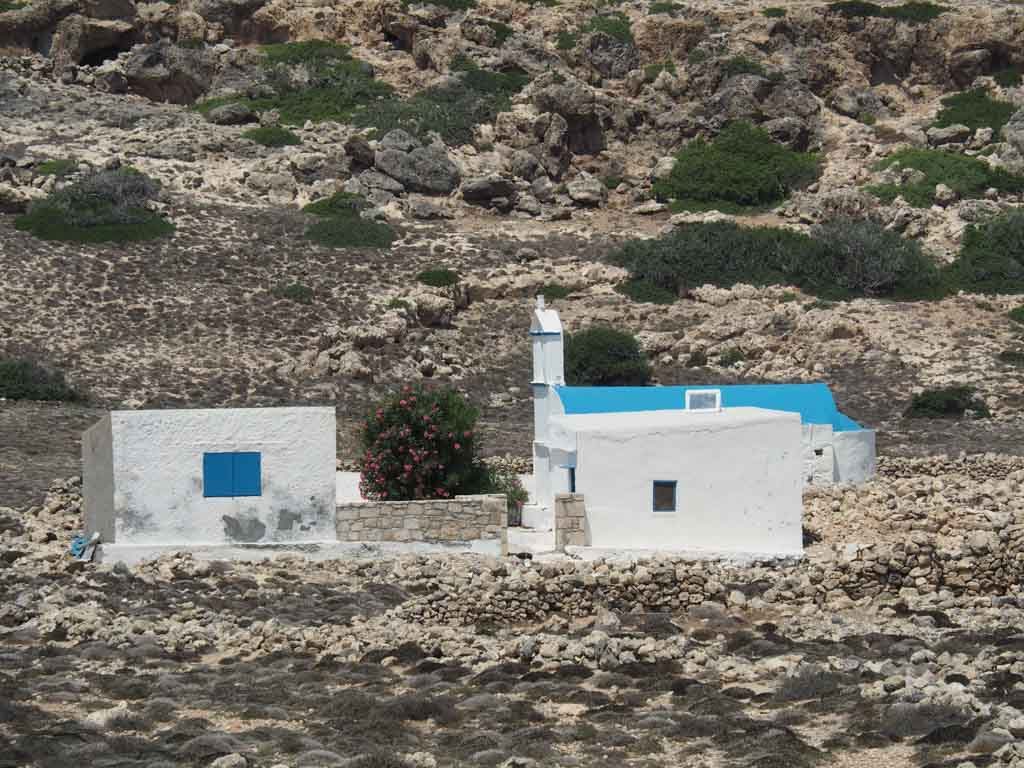
This very small island, the southernmost of the Dodecanese, is a quiet destination most of the year. But not on July 17th, the feast day of Agia Marina, the patron saint of Kasos’ town of the same name. Kasos is famous for being a very hospitable island – it is small and remote, and they go out of their way to make sure a visitor is very welcome. Joining in the festivities of Agia Marina is like being a Kasiot for the day, an honor.
Chios – Agia Markella
The patron saint of Chios, St. Markella is deeply revered. On July 22, Many people cross the island from Chios town to the Monastery of Agia Markella on foot – some 50 km – as a mark of their devotion. The saint is honored at the place of her martyrdom, where a miracle is said to take place, in which the sea water is briefly purified.
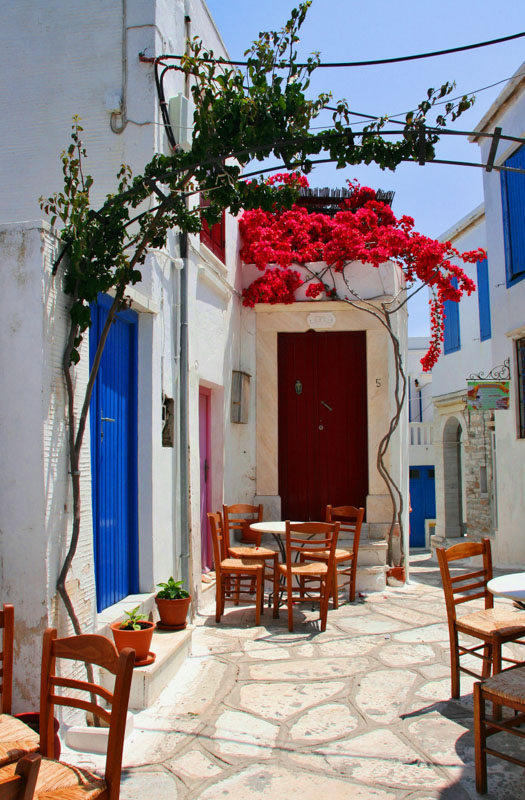
Agios Nikolaos, Crete – Klidonas
Not a Saint Day per se – although it does occur on and around the nativity of St. John the Baptist – the Kilodonas is a special custom, in several villages of the Agios Nikolaos region – the easternmost regional unit. Young unmarried women try to guess the profession – and maybe even the name – of their future husbands (Klidon was an omen or prophecy in the world of Homer). The custom culminates in a bonfire and the young women toss in their May wreaths of flowers, with a wish for an even better year ahead.
Panigiri in Greece
Have you ever participated in any of Greece’s traditional festivities? It can be a wonderful way to truly connect with the authentic culture of Greece.

